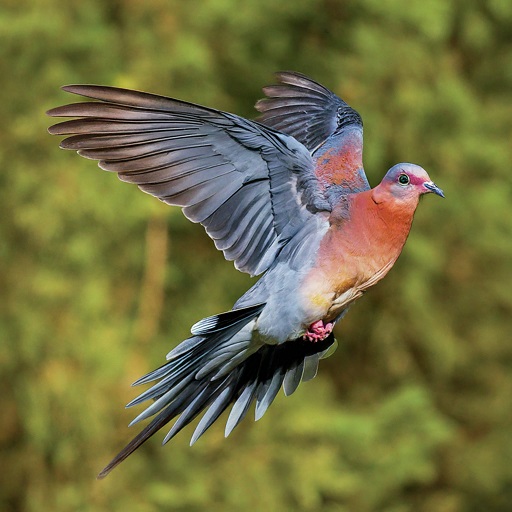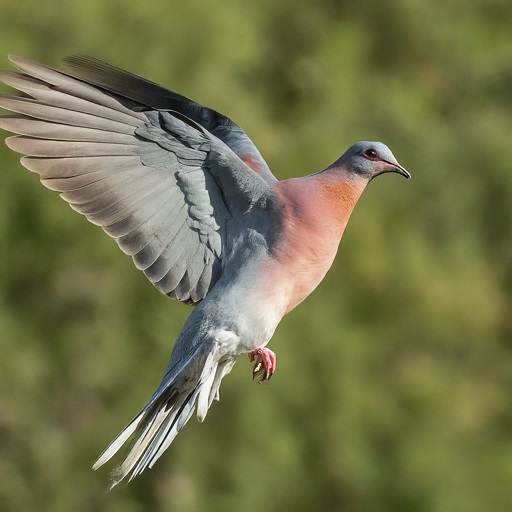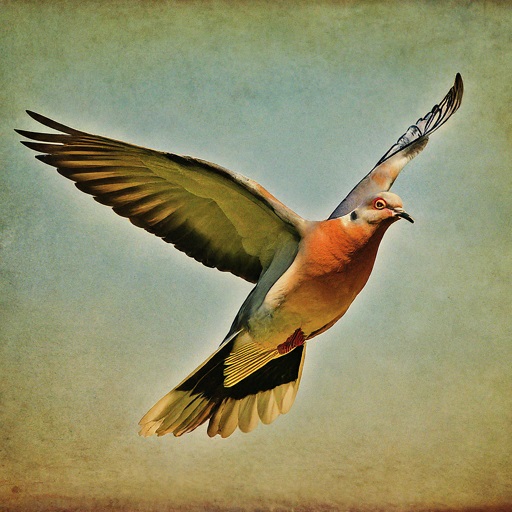Passenger Pigeon Revival: Possibilities & Challenges
Are you familiar with the Passenger Pigeon, who once ruled the sky with its abundant population? Well, if yes, you might already know that these iconic species, who hailed from North America, already faced a tragic fate, leading to their extinction in the early 20th century. However, you might be wondering about passenger pigeon revival because recent advancements in genetic engineering and de-extinction technology have sparked interest in reviving many other animals & potentially restoring it to their former Glory.
If you want to know about the possibility of bringing back passengers and pigeons, this is the article for you. In this article, I will help you explore the concept of passenger pigeon revival and the ongoing efforts to bring back passenger pigeons. Further, we will also look at this kind of endeavor’s ethical, environmental, and conservation implications.
Bringing Back Passenger Pigeons: Genetic Engineering & De-extinction
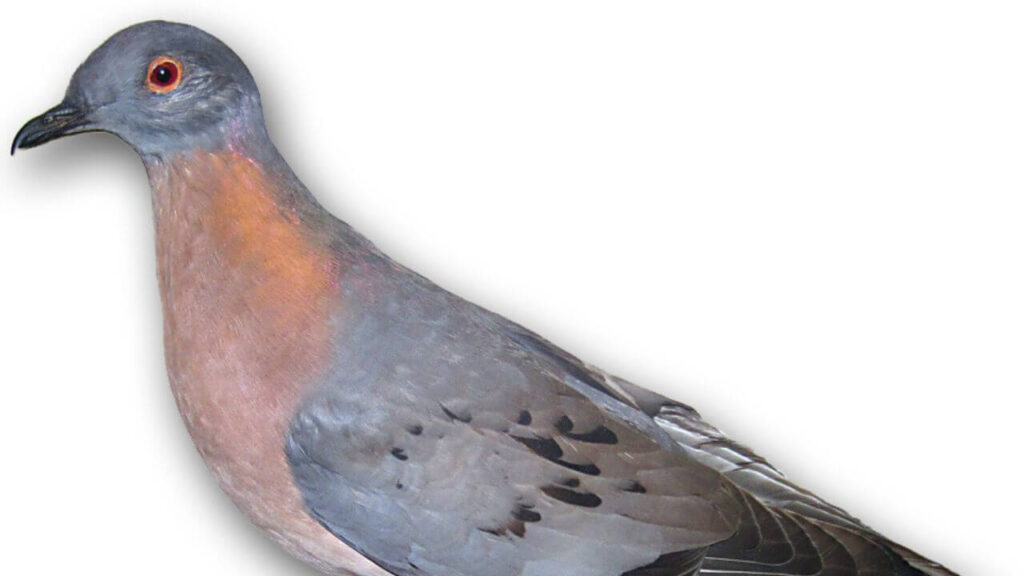
Suppose you have been paying attention to the recent updates in the scientific community. In that case, you might already be familiar with the concept of de-extinction that was once confined to science fiction. Indeed, de-extinction is now becoming a reality through the advancement of recent genetic engineering.
I got to know about research conducted by Pimm et. Al. reveals that de-extinction usually involves using the preserved genetic material from the extinct species to create a new individual with similar genetic makeup through cloning and genetic modification. When it comes to bringing back passenger pigeons, there are many considerations.
Undoubtedly passenger pigeons were magnificent birds scientifically known as Ectopistes migratorius, once numbered in the billions, forming massive flocks that could darken the sky for days during the migration. While doing my research, I also learned about historical records that stated the last known passenger pigeon named Martha, who unfortunately died in captivity at the Cincinnati Zoo in September 1914.
This further marks the end of the passenger pigeon era leaving a void in the ecosystem and human culture alive. We have also covered an IN-DEPTH article on the extinction of the last passenger pigeon in my recent article, ‘Are passenger pigeons extinct?’ Coming back to the point, several successful extension projects have already taken place. Hence we can consider bringing back passenger pigeons for the sake of the ecological balance.
The passenger pigeon’s decline is primarily attributed to the widespread hunting for meat, feathers, and sport, coupled with habitat destruction due to deforestation. Also, we have shared an in-depth article on ‘Why did the passenger pigeon go extinct’ where you will find five ‘passenger pigeon extinction causes.
Since humans tend to be the major culprit behind the extinction of passenger pigeons, we should pay attention to genetic engineering & de-extinction of passenger pigeons to bring them back into this world. You can find many examples, and one of the most notable examples is the revival of Pyrenean ibex using cloning techniques.
In 2003, a cloned ibex was born through genetic engineering and resting, but unfortunately, it died shortly after birth due to lung defects. However, this incident does highlight the challenges and complexities involved in the de-extinction effort. I hope shortly, we can work on bringing back passenger pigeons. Thankfully, there are also ongoing passenger pigeon revival projects that you should know about.
The Passenger Pigeon Revival Project
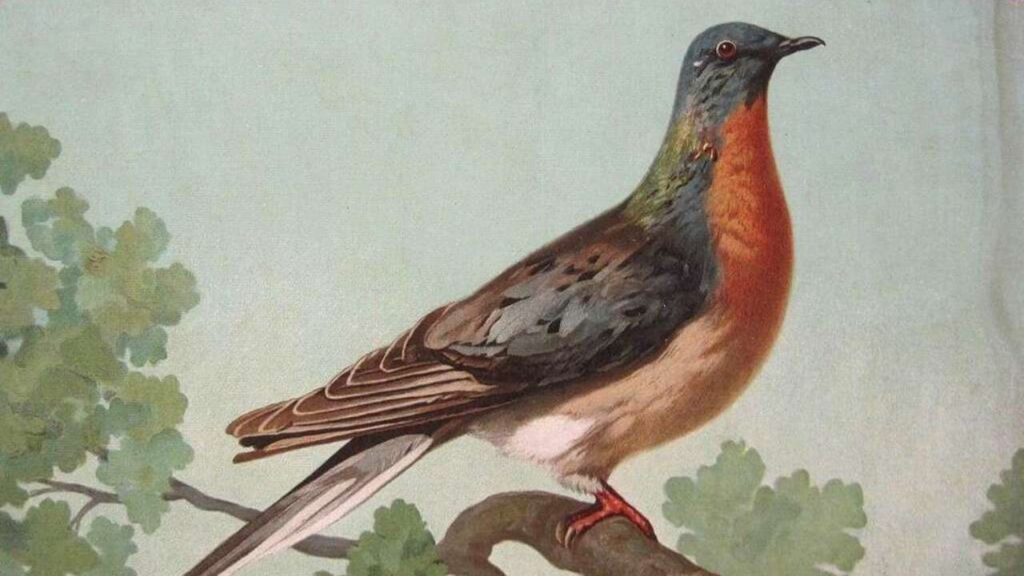
Thankfully, the Revive and restore pigeon organization is working on the passenger pigeon revival project through collaborative efforts to bring back the species from extinction using genetic engineering techniques. According to their research, they have found few successes in obtaining viable genetic materials from preserved passenger pigeon specimens like tissue samples & feathers found in museum collections.
If you are looking to learn more about the revival project of the passenger pigeon, you should know that the key steps in this process are to modify the genetic material of the closest living relative of the passenger pigeon, the band-tailed pigeon, to resemble the genetic makeup of the extinct species. To know more about intriguing facts like this, I will advise you to consider reading my article on passenger pigeon facts. Returning to the point, modifying the genetic material of the closest living relatives of passenger pigeons involves identifying and editing specific genes associated with passenger pigeons’ unique traits and behavior, and physical characteristics.
Public Perception & Conservation Implications
I hope I don’t need to tell you that Public perception also plays a crucial role in shaping the future of de-extinction projects. While researching, I encountered a very popular study by the Pew Research Center (2019) revealing that 63% of Americans did not support efforts to bring back extinct species through genetic engineering.
However, when it comes to the believer who responded well to the de-extinction project as a beneficial tool for conserving biodiversity, the same study revealed 46% of respondents. I do not deny that the revival of the Passenger Pigeon could also have implications for conservation efforts. If our scientific community continued to showcase, its potential success in de-extinction might help generate increased public interaction among Americans and support for conservative initiatives. Also, you should know that this newfound enthusiasm could lead to heightened efforts in protecting existing endangered species and their habitats.
Economic & Ecotourism Opportunities
Also, when it comes to understanding the economic opportunities, the revival of passenger pigeons can present to many. If we talk about Ecotourism, a niche industry that capitalizes on wildlife and nature-based experiences, it has been on the rise. A report by the World Tourism Organization (2022) stated that Ecotourism generates $600 billion in revenue annually & accounts for 7% of the global tourism market.
Undoubtedly, the Restoration of this iconic species, like the passenger pigeon, may draw tourist interest and wildlife enthusiasts to the designated areas, further stimulating the local economy while generating revenue for conservation initiatives. Furthermore, the success stories of the ecotourism project centered around other species, like the panda reserve in China, which demonstrate the potential economic benefits. However, there will be some technological advancements & challenges when it comes to passenger pigeon revival.
Technological Advancements and Challenges
When considering the revival of a Passenger Pigeon, it has its challenges. Research by Shapiro and Greig (2019) found that successful genetic modification and cloning of extinct species will require a lot of effort /, advanced technology, and specialized expertise. Also, there will be a lot of errors & trials before achieving success in the de-extinction of Passenger Pigeons.
However, the rapid development of genetic engineering tools and techniques plays a crucial role in ensuring the accuracy and feasibility of the de-extinction process. During my research, I learned that one of the main challenges is the lack of comprehensive genetic data from the extinct passenger pigeon species. Even though preserved samples provide a starting point, piecing together an entire genome from fragmented genetic material requires advanced computational methods and cutting-edge sequencing technologies.
Lessons & Future Directions
Undoubtedly, the extinction of the Passenger Pigeon serves as a poignant reminder of the consequences of human actions on the environment and wildlife populations. Therefore, we must also pay attention to our actions, especially on things like deforestation or pollution that might interfere with the environment & Life of the wildlife population.
The extension of the passenger pigeon underscores the importance of responsible resource management, conservation efforts, & ethical decision-making. However, if we look ahead positively, we will find that de-extinction research can contribute valuable insights into conservation biology and genetics. I will highly advise you to consider studying extinct species’ genomes. That will also provide essential information regarding their adaptation to changing environments. It can also help you understand the current endangered species’ genetic diversity for increased chances of bringing back passenger pigeons.
Conclusion
I’ve given you all the information you need on passenger pigeon revival, which will always remain a complex & contentious topic. You should not know that bringing back passenger pigeons holds challenges and notions of conservation & ethics. Even though de-extinction offers hope for reestablishing lost species, it also requires careful consideration of its potential implications.
As we continue to explore the possibility of bringing back passenger pigeons, we must balance our scientific curiosity and innovative spirit with our responsibility to protect & preserve the biodiversity of our planet. Comment below if you have any other concerns regarding the passenger pigeon revival project. Check my other helpful guide on passenger pigeon facts on this website. If you find this article helpful, consider sharing it to help others explore the possibility of returning passenger pigeons to our planet. See you in the next post, till then, take care & goodbye.

